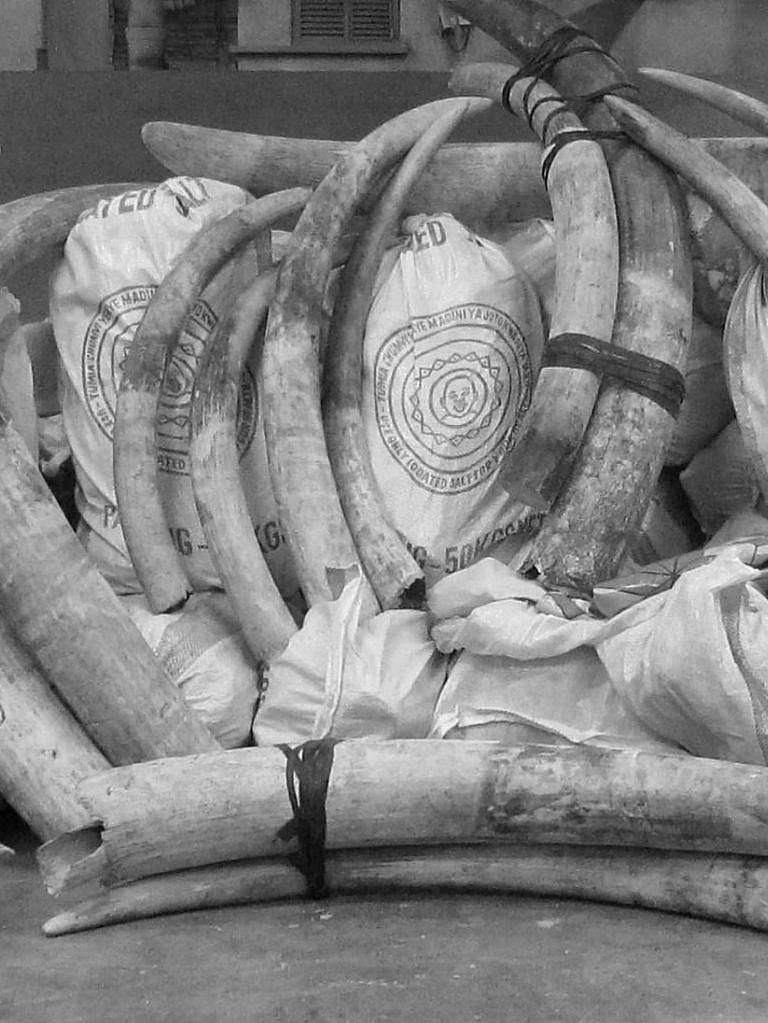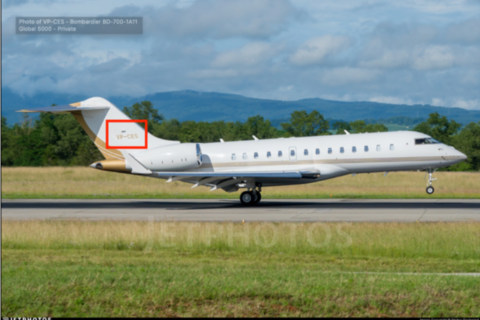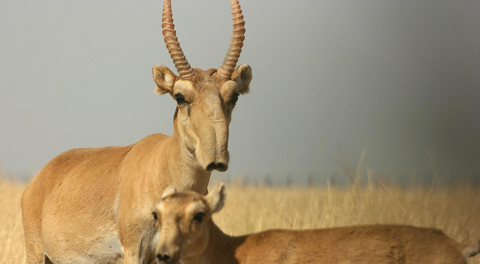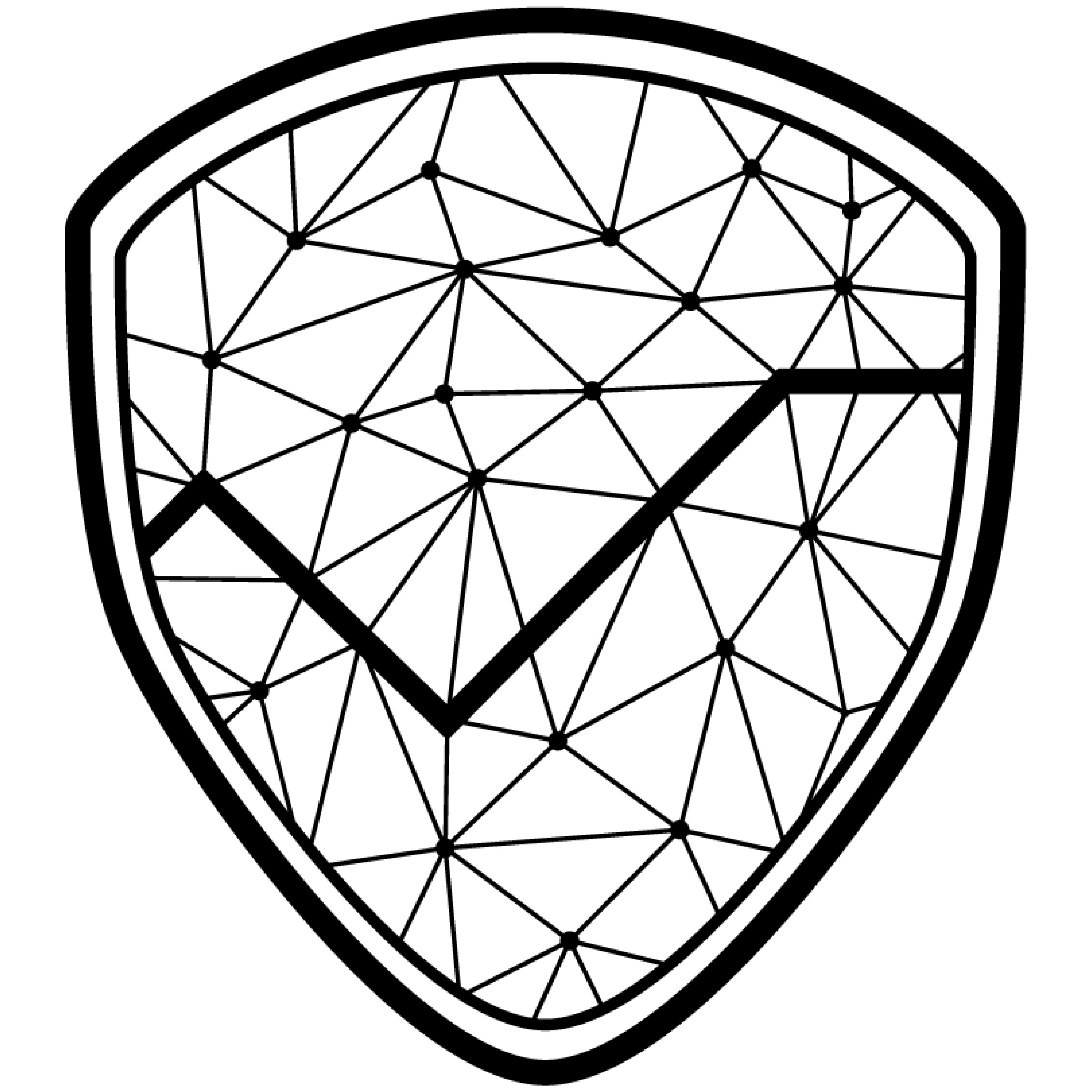Out of Africa

An examination of ivory trafficking trends, flows, networks, and markets using geospatial, link, and qualitative analysis to expose organized criminal involvement in large-scale ivory trafficking.
Executive Summary
Global environmental crime is estimated by the United Nations to be worth as much as $213 billion annually. Over $23 billion is attributed to the illegal wildlife trade alone, of which ivory is an important component. Across Africa, as much as 5-7% of the elephant population is being slaughtered annually by a wide range of highly militarized actors, closely tied to conflict, organized crime, and political corruption. The price of ivory has skyrocketed from USD $5/kg in 1989 to a wholesale price of USD $2,100/kg in China in 2014, with retail prices much higher. To achieve this value, a trafficking organization must source, consolidate, transport, and sell ivory along an extremely long and complex supply chain that crosses borders and oceans and travels from the remotest corners of Africa thousands of miles to retail markets in Asia. Out of Africa investigates the global ivory supply chain to find that the illegal trade has consolidated and professionalized with the large majority of profits accruing to transnational organized crime. Between 2009 and June 2014, these criminal networks trafficked as much as 170 tons of ivory, which could amount to as many as 229,729 elephants.
The supply chain is the point of weakness in the ivory trade. There are, for all practical purposes, near infinite supplies of poachers in the “bush;” just 3-5% of ivory retail values still equals many months’ salary for most rural Africans. At market in East Asia, rising incomes make for a large pool of consumers who are not easily or quickly persuaded to change centuries-old preferences. Meanwhile, it is possible that as few as 100 large-scale ivory consignments move annually, but account for 70-80% of the illegal ivory trade. Intercepting these containers and dismantling the networks that transport them is vital. Out of Africa focuses primarily on the large-scale ivory seizures that indicate organized criminal involvement. The methodology is three-phased: the first phase involves open source collection of seizure-related information, structured in Palantir, while the second maps and investigates entities linked to seizures using open data and public records. The final phase analyzes ivory trends, flows, networks, and markets using geospatial, link, and qualitative analysis. C4ADS hopes to bring transparency to an opaque illicit industry in a way that provides actionable insights for policymakers, enforcement authorities, and conservation organizations engaged in combating illicit wildlife crime. During the investigation, C4ADS found:
- Trends: Poaching and trafficking in ivory is at the highest level in 25 years. 2013 witnessed the largest amount ever of ivory seized in 500kg or more consignments (a heuristic estimate of shipment volume that indicates organized crime involvement).
- Flows: The primary axis for the illicit ivory trade is from Africa to East Asia, through the international container shipping system. The majority of shipments exit Kenya and Tanzania, bound for China, Thailand, and Vietnam.
- Networks: Traffickers, particularly Chinese, straddle Africa and Asia. They are linked to ivory-related seizures in nearly every African range state and at nearly every stage along the supply chain.
- Markets: China is the largest market for both legal and illegal ivory. A large amount of illicit ivory appears to move past Chinese authorities, at least a portion of which is then laundered through the legal ivory market.





